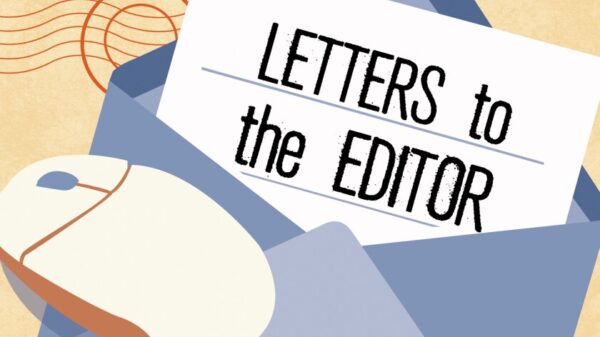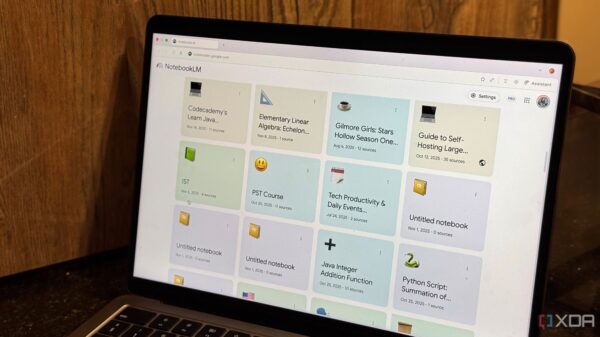In an era where digital content is essential for successful marketing, brands are increasingly turning to innovative strategies to maximize the impact of their existing materials. Content reuse has emerged as a pivotal approach, allowing marketers and content creators to extend the lifespan of their work while conserving resources. By repurposing existing content, organizations can amplify their messages and engage audiences more effectively.
Understanding the Value of Content Reuse
Content reuse refers to the practice of taking existing materials—such as articles, videos, infographics, and social media posts—and transforming them into new formats or sharing them in various contexts. This strategy not only reduces the time and effort spent on creating new content, but it also enhances the overall reach and effectiveness of marketing initiatives.
Several benefits underscore the importance of content reuse. First, it significantly lowers costs associated with content creation. Producing new material can be labor-intensive and expensive, while repurposing quality content can yield substantial savings. Additionally, not all audience members engage with content in the same manner. By presenting messages in diverse formats across various platforms, marketers can cater to different preferences, thereby broadening their reach.
Moreover, content reuse can positively impact search engine optimization (SEO). Regular updates and repurposing of existing content can improve website visibility, as search engines favor fresh content. This practice not only enhances online presence but also reinforces an organization’s authority within its industry.
Strategic Approaches to Content Reuse
To effectively implement content reuse, consider these actionable strategies:
1. **Break Down Long-Form Content**: Transform extensive materials, such as eBooks or comprehensive articles, into smaller, manageable pieces. Extract sections or chapters to create infographics, short posts, or video series. This method facilitates easier consumption of information and highlights different aspects of the original content.
2. **Visualize Data**: Convert data-driven articles into engaging infographics. These visual formats can convey complex information quickly and are often more shareable on platforms like Pinterest and Instagram, leading to increased engagement.
3. **Adapt Content for Various Platforms**: Tailor messages to suit different social media channels. A single blog post can be segmented into a series of tweets, LinkedIn updates, or Instagram stories. Each platform’s unique features can enhance message delivery through visuals, hashtags, or specific formats.
4. **Host Webinars and Live Sessions**: Leverage blog content by transforming it into live discussions or webinars. This not only fosters real-time interaction but also deepens audience engagement. Recorded sessions can later be repurposed into podcast episodes or short video clips.
5. **Refresh Older Content**: Regularly review and update existing materials to maintain relevance. Incorporating the latest information, statistics, or trends not only revitalizes the content but also signals to audiences and search engines that the organization is actively curating quality resources.
6. **Compile Best-Performing Content**: Aggregate successful content on specific topics into compilation posts or guides. This approach serves as a comprehensive resource, encouraging audiences to explore more of the organization’s work in one convenient location.
7. **Utilize User-Generated Content**: Encourage customers to share their experiences with the brand. Showcasing testimonials or case studies not only enriches the narrative but also fosters community engagement.
As content reuse strategies are implemented, tracking performance becomes crucial. Utilizing analytics to measure engagement metrics, reach, and conversions allows marketers to optimize their approach continually. Adjustments based on data insights can enhance future content reuse efforts.
In conclusion, content reuse represents a powerful tool for marketers seeking to maximize their resources. By thoughtfully repurposing existing materials, organizations can effectively engage audiences, drive traffic, and establish authority in their respective fields. In a landscape where content is constantly in demand, embracing smart reuse strategies enables brands to maintain a vibrant marketing presence without the risk of burnout. Embracing these possibilities can lead to significant improvements in outreach and impact.





































































